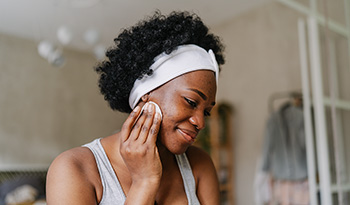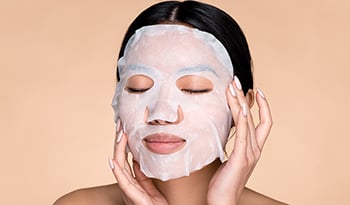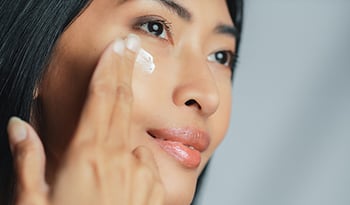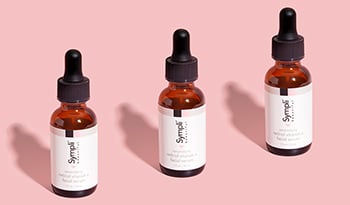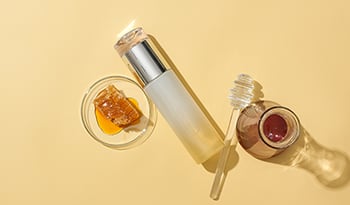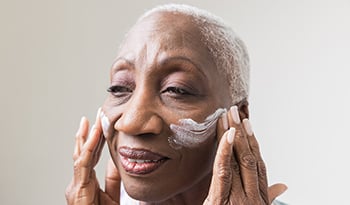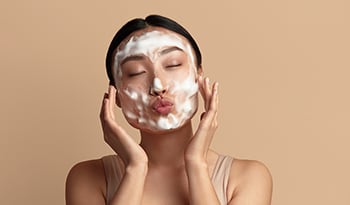How to Choose a Serum: 3 Steps to Optimize Your Skincare Goals
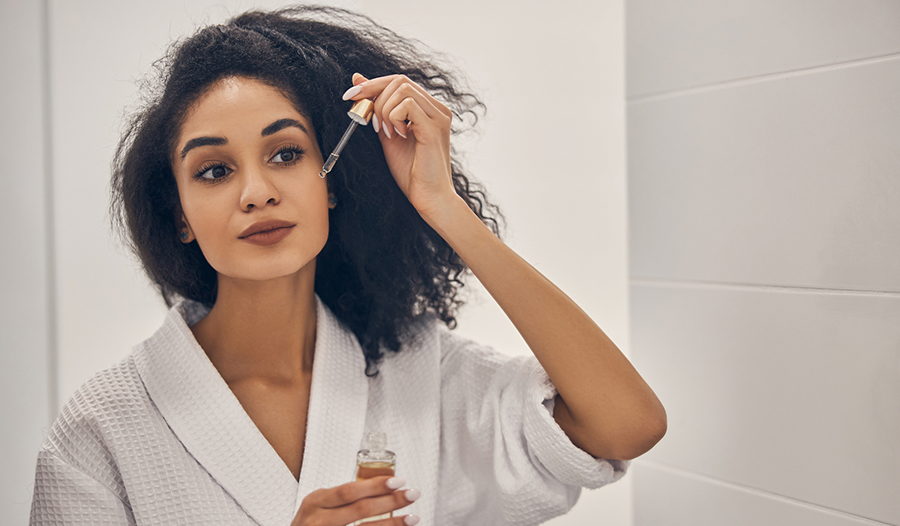
When choosing a skincare product, we all are after one primary goal: to see results in our skin. Products like cleansers and moisturizers tend to be more straightforward in their functions. While they do provide enhanced results in the skin, the goal of a cleanser is to cleanse, and a moisturizer is to moisturize. So, what’s the goal of a serum? It’s a common question and an important one! Understanding the role a serum can play in your skincare routine will amplify results, and we are here to share all the details!
What Are Serums?
Facial serums are often touted as the powerhouse in a skincare routine. While cleansers, toners, moisturizers, and masks all play an important part – and serums do not replace them – serums are the product that gives you the most bang for your buck.
Typically, serums are formulated with a higher concentration of active ingredients, such as Vitamin C or Retinol, yielding more advanced results with each use. Additionally, the texture of serums tends to be lighter and offers a higher absorption rate compared to a moisturizer. This texture allows the active ingredients to absorb deeper into the skin to further drive results.
Who Needs a Serum and How Do You Choose?
Serums can (and should) be incorporated into any skincare routine – no matter what your skin type or concerns may be. Serums are especially important if you feel that you need to take your routine to the next level or if you desire to achieve more advanced results towards your skin goals.
However, there are a lot of serums on the market, and it can be confusing to navigate which is best for your skin. When looking for a serum, there are 3 key questions to consider.
1. What Is My Skin Type?
There are 2 “skin identifiers” when thinking about your skin – the first is type, and the second is goal (or concern). Any product decision you make should start with consideration of your skin type.
Skin type is an indication of how oily or dry your skin feels on a regular basis. While this can change based on seasons, products, and various other external factors – most people tend to experience one type. These can be dryness (lack of oil), oiliness (excess oil), combination (oily t-zone and drier cheeks), or balanced.
Many serums on the market are suitable for all skin types and serums tend to be largely focused on addressing your skin care goal. However, some serums are also formulated with a particular skin type in mind. If a product addresses your goal but is formulated for a different skin type, you won’t see the results you are looking for. Therefore, it is recommended to start your search by looking for serums that are suitable for your skin type.
2. What Is Your Primary Skin Care Goal?
Once you’ve identified serums that are appropriate for your skin type, you want to focus on your goal, which is also referred to as a “skin care concern”. Your goal could be to decrease the look of wrinkles, improve brightness, reduce breakouts, or to increase firmness. Additionally, your goal may also be your skin type – such as a desire to reduce and control excess oil.
If you’re unsure of your skin care goal, ask yourself what the one thing you want to achieve with your skincare routine. The answer to that question is your goal.
But what if I have more than one goal?
This is a common question – and a valid one. Often, we have a few things we would like to achieve with our skin, and we can! However, it is important to think of your skincare routine the same way that you think about diet – one meal or food item cannot do it all. Therefore, it is important to have a balanced diet. The same goes for your skincare routine. While products can multitask (and often do!) – it can get confusing if you are trying to find a product that accomplishes multiple goals. For the best results - since a serum does the heavy lifting in your routine - pick your serum based on your primary goal. You can then choose your other products to support your secondary goals.
Once you’ve identified your primary goal and you’ve narrowed your search to your skin type, you can look for a serum that leverages ingredients that specifically address your goal. This approach will ensure results while maintaining balance and supporting your skin’s overall health.
3. How Advanced Do I Want to Be?
The last question you want to ask is how much you’re willing to commit to this addition to your routine. As a licensed esthetician, I often find that this question is commonly overlooked – which results in routines that are too complicated or too streamlined to satisfy the real-life needs of the person using them.
Nothing is worse than a product that collects dust because it doesn’t fit into your life. So, ask yourself a few questions. Am I willing to incorporate this product morning and night? Am I willing to use a different product for day and night? Do I want to layer multiple serums? Am I willing to use this every night? Based on those answers – you can find the right solution.
For example – if you’re not interested in using a different product for morning and night, then it is important to ensure your product is suitable for that. Retinol, for example, is only recommended 1x a day at night – so that wouldn’t be a good option if you want a serum for both morning and night, but it would be a good option if you are looking for a nighttime-only product.
The most important element to achieving results with skincare is consistency – so ensure you are willing and able to use the products you choose for your skin!
How Do I Apply a Serum?
Once you’ve decided what serum is right for you, it is important to know how to apply them for maximum results.
While products can carry unique application instructions, and it is important to read the directions – serums are generally applied to the skin directly after toning before your moisturizer.
Because they are highly concentrated, you don’t need much. Start with a bean-dime-sized amount of product and lightly press the serum between the hands. Once distributed into the palms, gently press the serum onto the skin – being careful not to pull or drag the skin. Follow with your favorite moisturizer.
Pro Tip: For enhanced absorption, apply the serum to skin that is still slightly damp from your toner! And with any skin care product - always remember to apply it down to your neck and décolleté!
When Do I See Results?
Results can take time – and it is important to be patient and consistent.
1. Pick a product and stick with it – give it time to work. Unless you are seeing irritation or a negative reaction, it is recommended to use a product for at least 6-8 weeks before deciding if it is right for you. Often it can take 8 weeks to see dramatic results because the skin takes time to change!
2. Don’t skip applications – if you use a product less often than recommended, results will be impacted. This is why it is important to consider how advanced you are willing to be with your products. Don’t pick a product that requires 2x a day application if you’re only able to incorporate it once.
3. Keep up with the rest of your routine – A serum cannot do it all, no matter how powerful. Just like your diet, every product plays a part. If you stop moisturizing or exfoliating, the results of your serum will be impacted because the routine contributes to your skin’s health and your overall results.
By knowing how to choose and apply the best serum for your skin, as well as knowing what to expect, – you are sure to see increased results and be one step closer to achieving your skin care goals!
DISCLAIMER:This Wellness Hub does not intend to provide diagnosis...











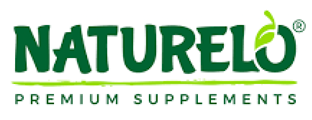


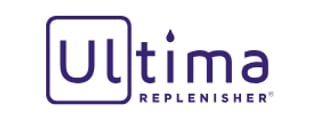

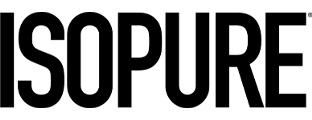


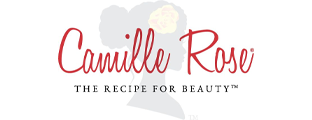









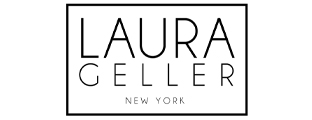


















































 Table of Contents
Table of Contents



